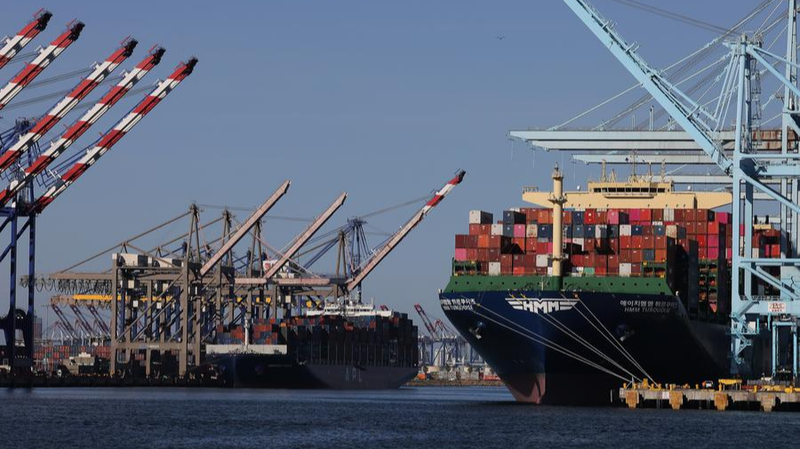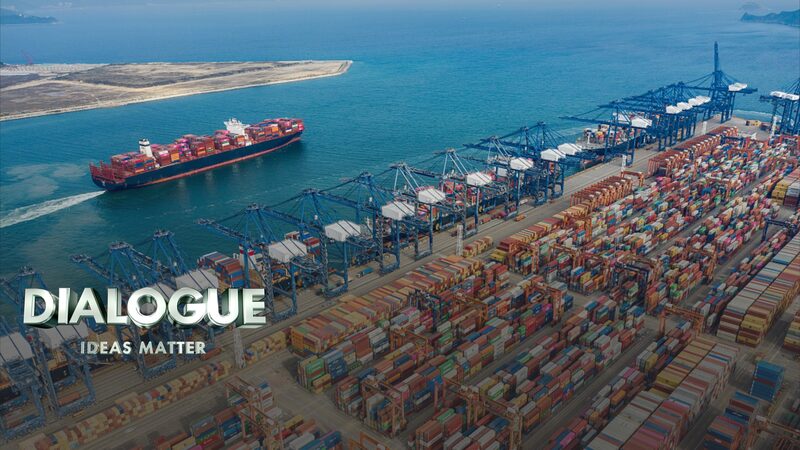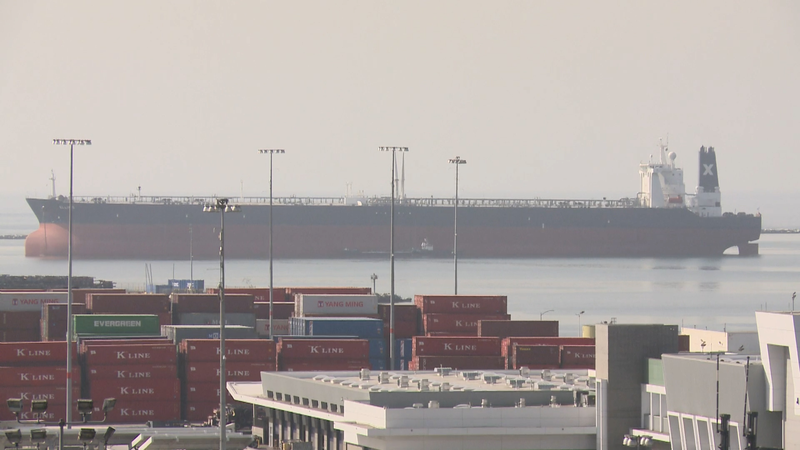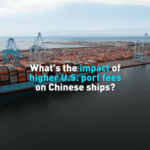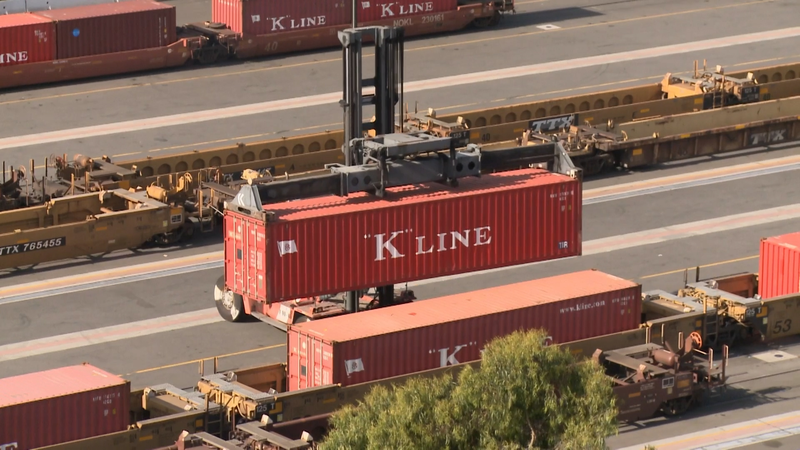The U.S. has introduced new port fees targeting Chinese vessels, a move critics argue is thinly veiled protectionism under the guise of policy reform. Effective this week, the fees apply to ships linked to the Chinese mainland by ownership, flag, or construction, raising concerns about escalating trade friction and global supply chain disruptions.
A Pattern of Economic Unilateralism
Analysts describe the fees as a discriminatory measure aimed at offsetting the competitive decline of the U.S. shipbuilding industry. Rather than investing in domestic innovation, critics say Washington is altering trade rules to disadvantage rivals. This approach mirrors past strategies where security concerns are cited to justify economic constraints, creating ripple effects across interconnected global markets.
Global Trade at Risk
The fees threaten to increase freight costs, delay deliveries, and reroute shipping networks, compounding existing pressures on supply chains still recovering from pandemic-era disruptions. While Chinese logistics firms may absorb initial shocks, the broader impact could raise costs for U.S. consumers and businesses—undermining Washington’s stated goal of economic stability.
Contradictions in Policy
The move has drawn scrutiny for contradicting U.S. advocacy of a rules-based international order. By unilaterally imposing fees without multilateral consensus, the U.S. risks eroding trust in its leadership amid growing accusations of hypocrisy. As one analyst noted, "You cannot champion globalization while practicing protectionism."
The decision highlights deepening tensions as global powers recalibrate trade strategies in an era of shifting economic influence. Observers warn such measures could further fragment international cooperation, with long-term consequences for growth and diplomacy.
Reference(s):
U.S. port fees on Chinese vessels is protectionism clothed as policy
cgtn.com
